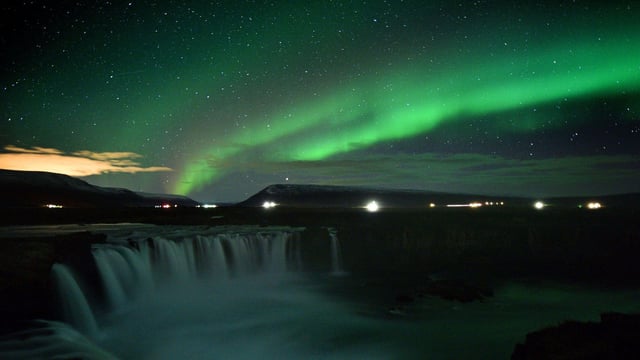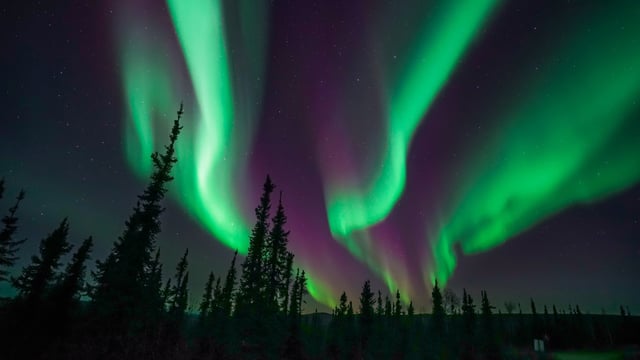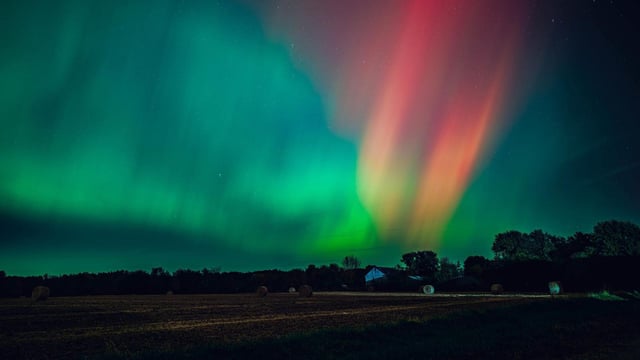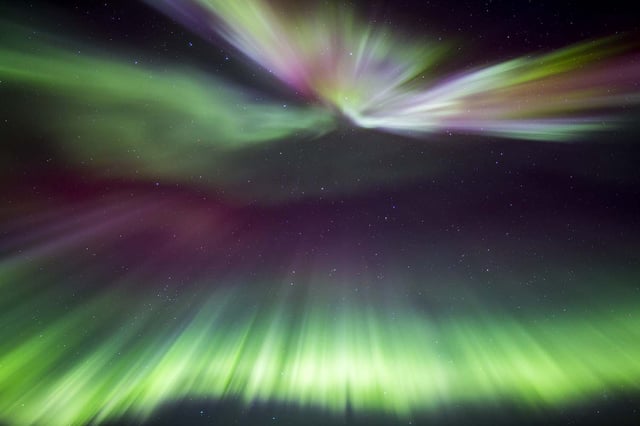Overview
- A minor geomagnetic storm triggered by the June 6 ejection began producing auroras on June 9 and is expected to persist nightly until June 11
- NOAA’s three-day outlook calls for a Kp index of three on June 9 and 10, with a possible uptick above four on June 11
- Aurora displays may be seen from northeastern Washington through northern Idaho, Montana, North Dakota, northern Minnesota, Upper Michigan and northern Wisconsin
- Viewers are advised to seek dark, north-facing locations away from light pollution between 10 p.m. and 2 a.m. local time for the best experience
- This surge in auroral activity is linked to the sun’s solar maximum phase, which began in October 2024 and will last into early 2026



